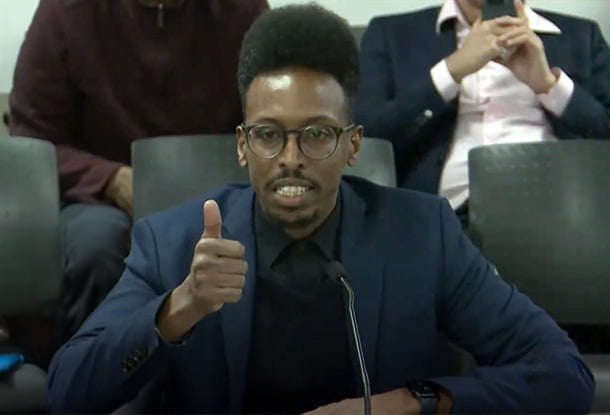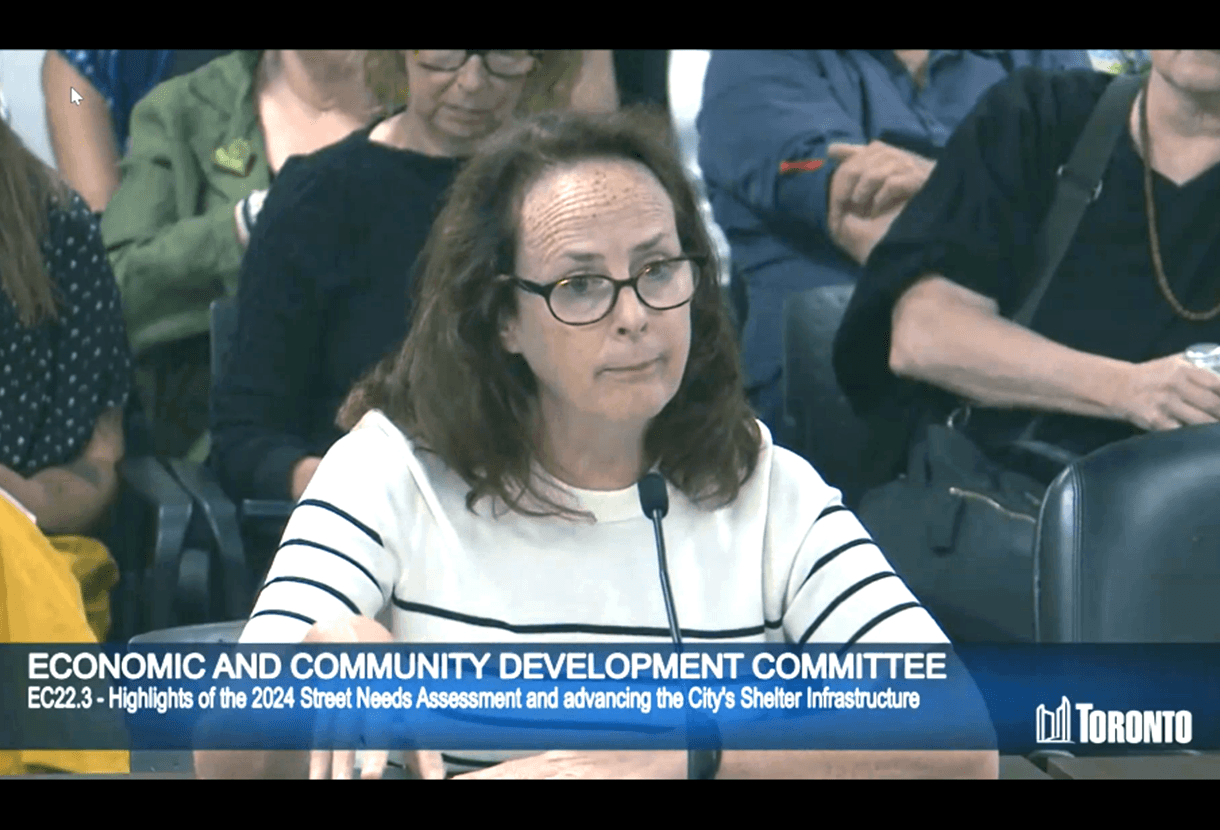What is a human rights city?
Human rights cities is a term used to describe local governments of any size that base some of their policies on international human rights law and principles.
There is no single methodology or strict definition of what qualifies as a “human rights city.” Rather, cities all over the world – including some in Canada – have taken different rights-based approaches to frame and find solutions to local challenges. In all, the intention is to ensure local decision-making furthers the protection and realization of human rights.
Which human rights should cities focus on?
Though cities may draw on any number of human rights laws, the focus of Maytree’s work on human rights cities is on economic and social rights – those relating to employment, social security, access to housing, food security, water and sanitation, education, health, and an adequate standard of living.
Cities in Canada are perfectly positioned to champion these rights, given their responsibilities in corresponding policy and program delivery areas. For example, throughout the COVID-19 pandemic, cities have been called upon to provide safe accommodation for persons who are homeless or ensure local food banks can address the rising tide of hunger.
By implementing economic and social rights obligations under domestic and international law – which have often been neglected – cities can recognize the central importance of human rights in urban life and emerge from the pandemic as more equitable and inclusive communities.
Where is this happening?
A number of local governments in Canada, including Toronto, Montreal, and Winnipeg, have begun localizing economic and social rights to varying degrees over the past several years. Other cities, such as Barcelona, Seoul, and San Francisco, have been developing local human rights infrastructure for a longer time.
How does it work in practice?
Some of the ways cities are applying human rights in their decision-making and governance processes include:
- Local recognition of human rights through an ordinance or a charter, which includes a statement of rights, the city’s obligations and responsibilities, how these will be met, and how local authorities will be held to account;
- Mainstreaming of rights, such as implementation of rights-based audits of policies, plans, and budgets, setting aside adequate staff and financial resources to embed a culture of rights, and providing relevant training to municipal staff;
- Participatory governance and inclusion, through close collaboration with residents and civil society in the development of local strategies and monitoring of progress; and
- Accountability mechanisms, such as human rights ombudspersons, local human rights commissions, and citizen juries, which empower people to claim their rights.
The United Cities and Local Government network has also developed a helpful guide for cities: The Global Charter-Agenda for Human Rights in the City. The guide is centred on local recognition of international human rights laws, prioritizing marginalized and vulnerable groups, and mainstreaming human rights in local policies.
What are the benefits of this approach?
Human rights provide a useful blueprint for addressing systemic challenges like social exclusion and inequality. Though at times human rights might be perceived as vague or idealistic, their meaning has been clarified over decades of court cases and through evidence gathered by UN Committees.
The norms and standards associated with the right to food, accessibility, or adequate housing, for example, have been clearly articulated. Guidance on implementation, monitoring, and accountability is also specified, and focuses strongly on the meaningful involvement of people and communities in the decisions that affect them.
In looking to rebuild more inclusive and equitable communities post pandemic, cities don’t have to start from scratch. By adopting human rights as core principles in decision-making and taking a rights-based approach in the design of policy and program solutions, cities can truly effect the systemic change that is now required.
Featured human rights cities publications

FIFA World Cup 2026 in Toronto is an opportunity for leadership in advancing human rights
Maytree fellow Ige Egal spoke before Toronto’s Executive Committee as it considered an update on hosting FIFA World Cup 2026. Ige stressed the need for the City to adopt a proactive and strategic approach to ensure the World Cup celebrates sport and champions human rights.

Rethinking the role of Toronto’s Chief Planner
The Chief Planner and their office impact the lives of every person in Toronto. By reconsidering how their role and office are structured, the City of Toronto can be a leader in the vision and implementation of human rights.

Human rights cities: The power and potential of local government to advance economic and social rights
A growing number of local governments from across the world are turning to human rights to affirm a vision of more equitable, inclusive, and sustainable communities. Such places may be broadly categorized as “human rights cities.”
Explore human rights cities publications
Filter by:
Select:

Maytree voices support for Toronto’s shelter plan at Economic and Community Development Committee

Sheltering human rights: Why Toronto must act on Ombudsman’s recommendations

un/SHELTERED: Toronto Design Challenge encourages creative ideas to address the City of Toronto’s housing crisis

To solve homelessness, we need an entrepreneurial approach, not more bureaucracy

FIFA World Cup 2026 in Toronto is an opportunity for leadership in advancing human rights
